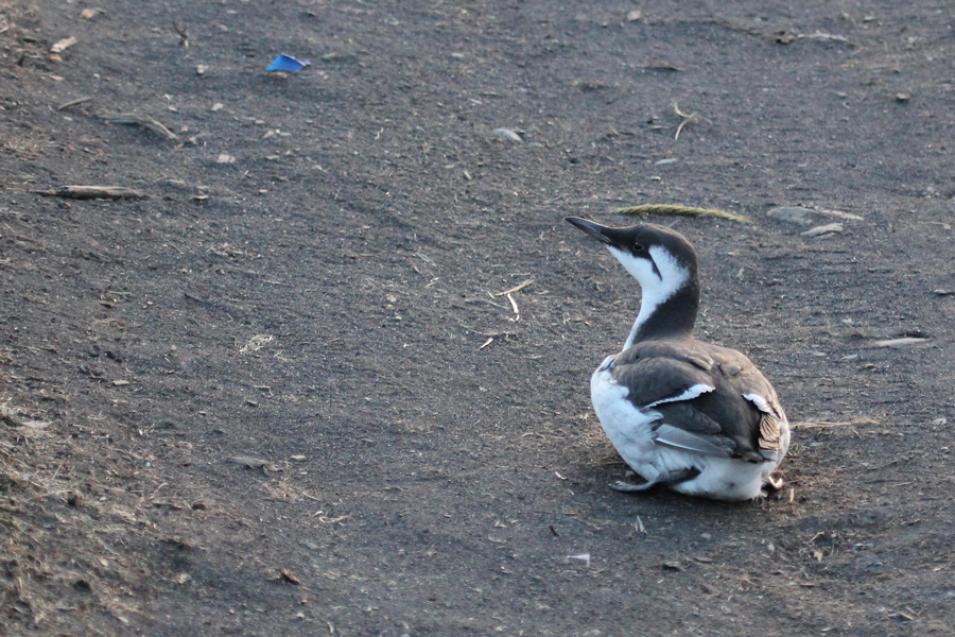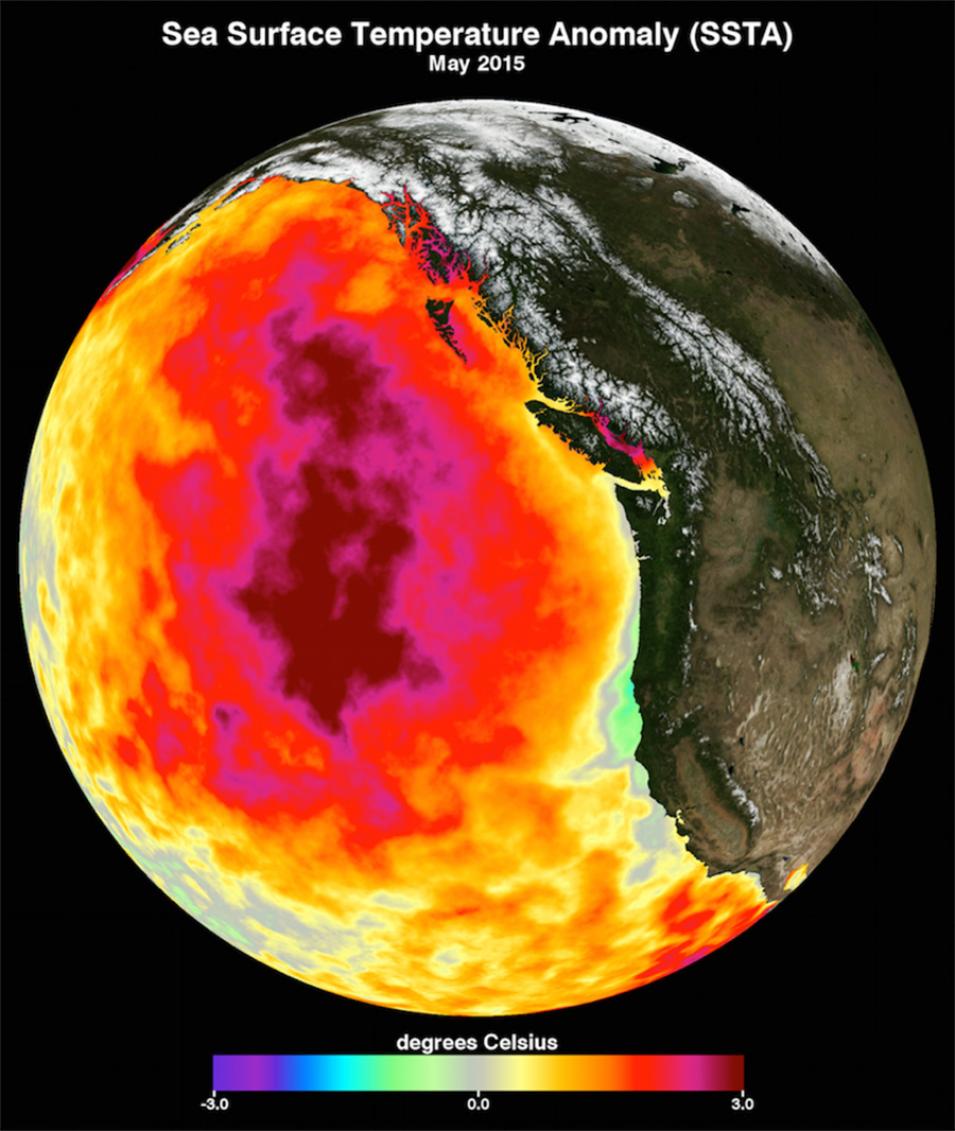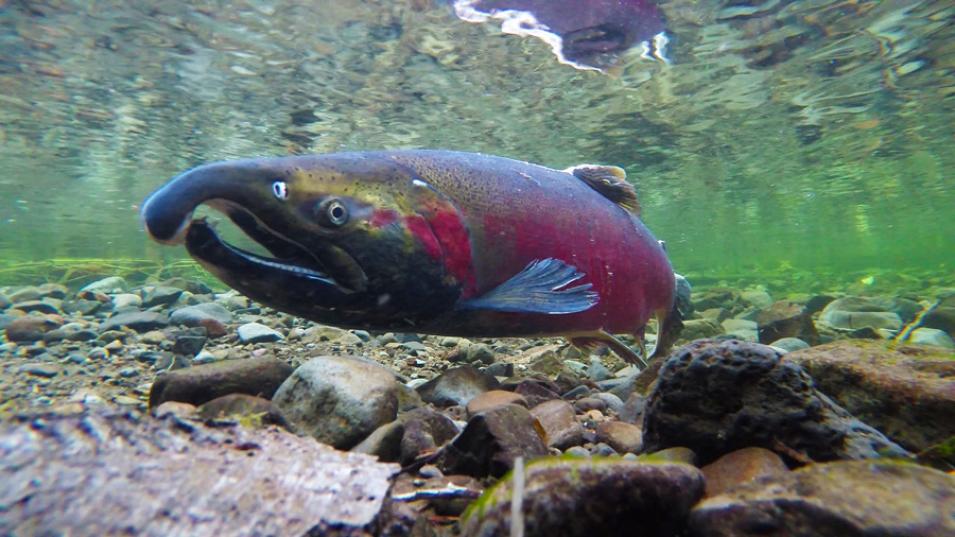Missing the mixing
To figure out where this inexplicable warmth was coming from, Gentemann and her colleagues tracked ocean temperatures using an ensemble data set: the Multi-scale Ultra-high Resolution Sea Surface Temperature (MUR SST) Analysis. This ensemble product combines readings from several satellite sensors, and is available from NASA's Physical Oceanography Distributed Active Archive Center.
“Prior to the MUR SST with its one-kilometer resolution, we really didn’t have that glimpse into what was happening along the coast because the satellite data were very spotty,” Gentemann said. Getting a more detailed look at the coastal environment is crucial for understanding ocean mixing. This mixing helps disperse heat from the upper layers of the ocean into deeper waters, while at the same time upwelling cooler, nutrient-rich waters. Nutrients surfaced by upwelling form the basis of the marine food chain. When upwelling is disrupted, so is the coastal food supply.
Because upwelling is fueled in part by temperature, even just a few degrees of abnormal warmth can slow or halt the cycle. But upwelling also depends on winds to help push surface layers away from the coast, providing a horizontal assist to the vertical top-to-bottom upwelling circulation. To complete the emerging picture of a coast in distress, Gentemann incorporated two wind data sets. The Bakun Upwelling Index measures sea level pressure as a proxy for wind stress at the ocean surface, and the European Centre for Medium-Range Weather Forecasts Re-Analysis-Interim Winds product provided wind velocity data.
Gentemann and her colleagues found that prolonged heat from the blob, combined with unusually weak coastal winds, hindered upwelling along much of the Pacific Coast during the marine heat wave. Like the blob, the weakened winds were unusual. Atmospheric rivers normally delivered a steady stream of winds and precipitation from the Pacific. But these rivers were being blocked by a persistent ridge of high pressure in the atmosphere that hunkered over the north Pacific between 2012 and 2015. “It was preventing the winter storms from hitting the West Coast,” Gentemann said. Storms typically usher in windier weather along the coast that help churn the ocean surface and foster upwelling. “There were just no storms. It was just sunny the entire winter,” Gentemann said. “The storms would come up and then they’d hit this ridge and go north.” Fewer storms meant less wind, less upwelling, and fewer nutrients for fish, but ripe conditions for extensive algal blooms. This devastating combination starved whales, sea lions, fish, and a host of marine life. Even seabirds like common murres, which feed on fish and mollusks that flourish in typically cold coastal waters, starved along coasts from Alaska to California.



